empty super
Marie Tulin
15 years ago
Related Stories

FURNITURELooking for a Bold New Furniture Arrangement? Super-Size It
Go big with a special piece of furniture for a cozy, dramatic feel
Full Story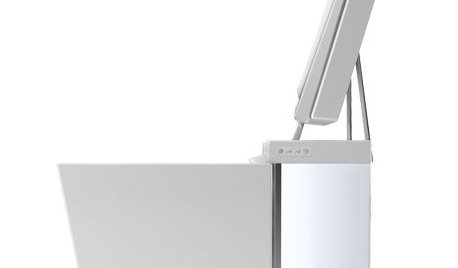
HOME TECHMeet the New Super Toilets
With features you never knew you needed, these toilets may make it hard to go back to standard commodes
Full Story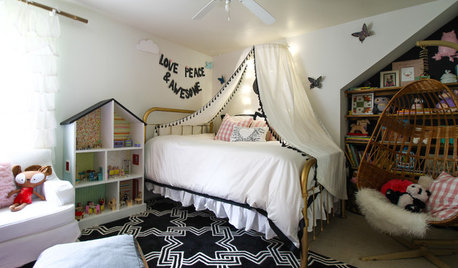
KIDS’ SPACESPersonal Kids' Spaces: 15 Super Cozy Bedroom Hideaways
Get inspired to create a tepee, fort bunk or playhouse for your little ones to snuggle up in
Full Story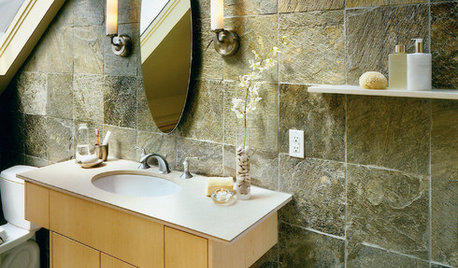
REMODELING GUIDESGet Stone and Ceramic Surfaces Super Clean
Keep your kitchen or bathroom looking as good as on installation day with the right cleaning methods for counters and tiles
Full Story
DECORATING GUIDESA World View: Decorating With Maps
Fill Your Empty Walls With Graphic Art and Geography
Full Story
GARDENING GUIDES6 Steps to Get a Garden Off to a Glowing Start
Grow a lush, balanced garden from an empty patch of yard or neglected landscape spot with these easy-to-follow guidelines
Full Story
HOUZZ TOURSHouzz Tour: Life in a 19th-Century Creamery
Starting with an empty storage barn, this family transformed a historic Minnesota creamery into a modern home that honors its roots
Full Story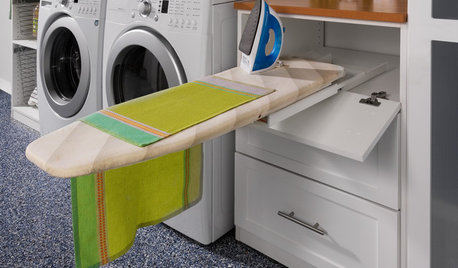
LAUNDRY ROOMS8 Ways to Make the Most of Your Laundry Room
These super-practical laundry room additions can help lighten your load
Full Story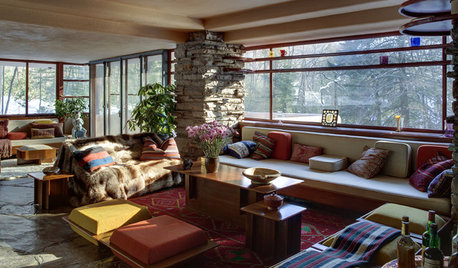
WINDOWSSteel-Framed Windows Leap Forward Into Modern Designs
With a mild-mannered profile but super strength, steel-framed windows are champions of design freedom
Full Story
GARDENING GUIDESThe Poop Scoop: Enrich Your Soil With Good Old Manure
Get over the ick factor already — this natural super-ingredient for soil has so many benefits, you'll wonder why you ever went chemical
Full Story





tonybeeguy
Marie TulinOriginal Author
Related Professionals
Clark Landscape Architects & Landscape Designers · Winder Landscape Architects & Landscape Designers · Zion Landscape Architects & Landscape Designers · Buford Landscape Contractors · Berkeley Heights Landscape Contractors · Concord Landscape Contractors · Deer Park Landscape Contractors · Edinburg Landscape Contractors · Fair Lawn Landscape Contractors · Fort Wayne Landscape Contractors · Fuquay-Varina Landscape Contractors · Hicksville Landscape Contractors · Madera Landscape Contractors · Quincy Landscape Contractors · Casselberry Landscape Contractorsbuzzbee
Marie TulinOriginal Author
thisbud4u
Marie TulinOriginal Author
cpp6318
Marie TulinOriginal Author
tonybeeguy